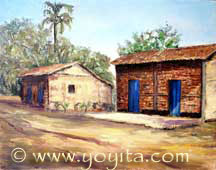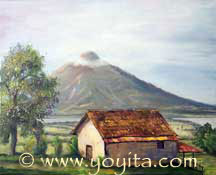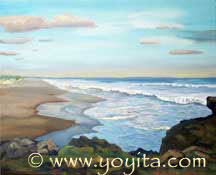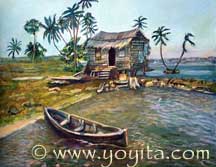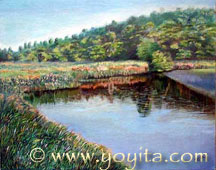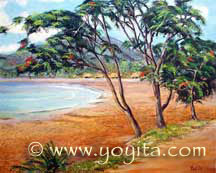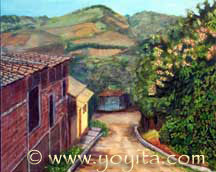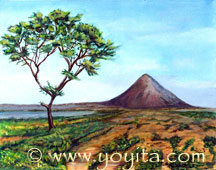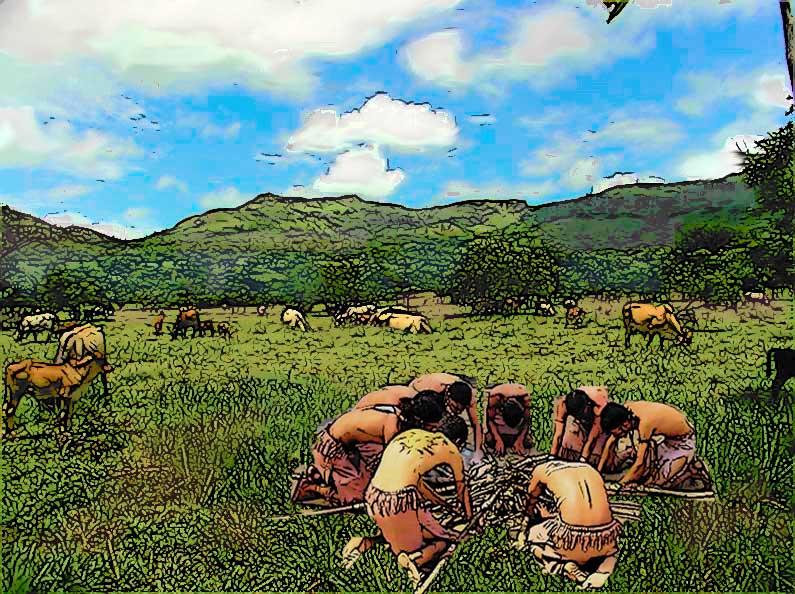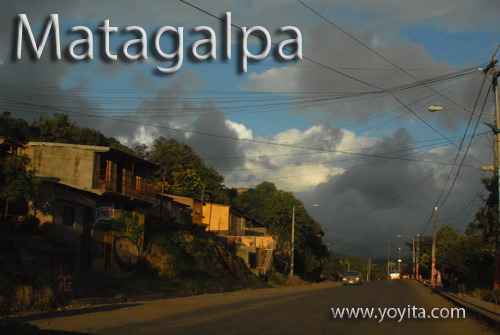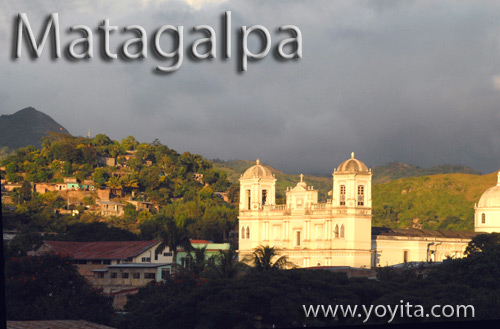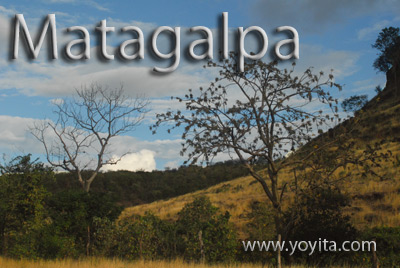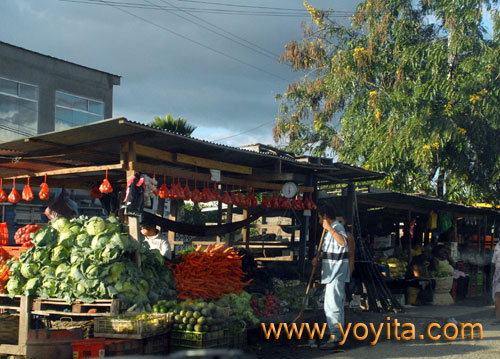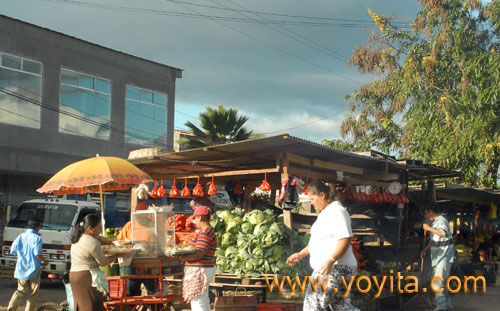Matagalpa is a city in Nicaragua, the capital city of the department of Matagalpa. The city has a population of 109,100 (2005 census), meanwhile the population of the department is 480,000. According to the Matagalpan linguist father Guillermo Kiene, a Catholic missionary priest living 1898-1959, who was the son of a German immigrant, the word Matagalpa comes from the Sumo language, and means "Let's go where the rocks are."
Matagalpa is a very well diversified province. It produces and exports coffee, cheese, frozen beef meat, onions, and tomatoes. For local comsumption it produces flowers, wood, corn, beans, fruits (oranges, grapefrits, bananas, plantains) and many kinds of vegetables such as broccoli, and cauliflower. Matagalpa has the most panoramic paved highway in Nicaragua, which it starts in the city of Matagalpa extends 30 kilometers to the city of Jinotega. The view from Jinotega reaches up to 140 kilometers away up to the volcanic range by the Pacific. Matagalpa is located in the "Continental Divide" bewteen the Pacific Ocean and the Caribbean Sea. Many stories are preserved from the Colonial times, about the British controlled Mosquito Coast, and the Spanish-colonized Pacific Range. Many historians, archeologists, botanists, ethnologists have arrived in recent years to do research in this region. American and European descendents of these first settlers also are coming back to visit the historical homes of their ancestors. Matagalpa was an Indian town founded by the Spaniards in 1554 when they were looking for a water passage to the Northern Sea, the Caribbean. (Because Nicaragua was colonized starting from the Pacific coast, and the Pacific Ocean was termed the Southern Sea by the Spaniards, the Caribbean was known as Northern.) The Matagalpa Indians had their own language, but it has been considered extinct since 1875. A document with 97 words from the Matagalpa language can be found in the Daniel G. Brinton section of the American Philosophical Library in Philadelphia. Gold was discovered at the mines of Matagalpa by 1850. It attracted some foreigners like the Englishman Richard Painter (1851), Germans like Ludwig Elster (1852) and Leopold Wassmer (1854), Bavarian Captain Hans Fischer, Americans like Mr. Williams, Elijah Rupert Macy (1858), doctor James Sigo (1852), and Frenchmen like Georges Choiseul Praslin (1852), Charles Leclaire (1875). Ludwig Elster (from Hannover) and his wife Katharina Braun (from the Black Forest) planted the first coffee trees in the area, beans which soon found good market in Germany. Coffee business attracted more than 120 foreign immigrants, most of whom married Matagalpan women. Their descendants still live in the area, and surnames such as Eger, Bernard, Smith, Haslam, Richardson, Weimer, Alm, Vogl, K�hl, Uebersezig, Hayn, McEwan, Stultzer, Kollerbohn, Hawkins, Rourk, Haar, Travers, Kraudy, Vita, Zeyss, Frauenberger, etc. are still found. Matagalpa was the city of refuge of Nicaraguan patriots when the Tennessean filibuster William Walker took over most of the country in 1856. The patriots organized in Matagalpa the so-called "Ejercito del Septentrion", or Army of the North, which won the Battle of San Jacinto September 14th, 1856, helping to end Walker's dominion in Nicaragua. Matagalpa was the cradle of Nazario Vega, Governor and Constructor of the Cathedral; Bartolome Martinez, President of Nicaragua, 1923-24. Up to now Matagalpa is the second most populated department of Nicaragua (Managua, the capital is first), and the most diversified in production. |
